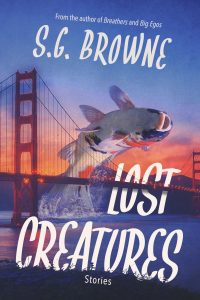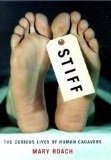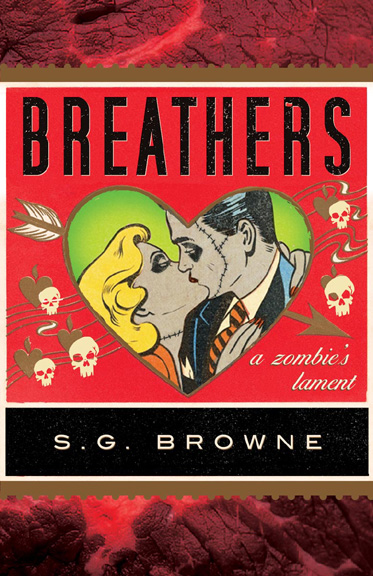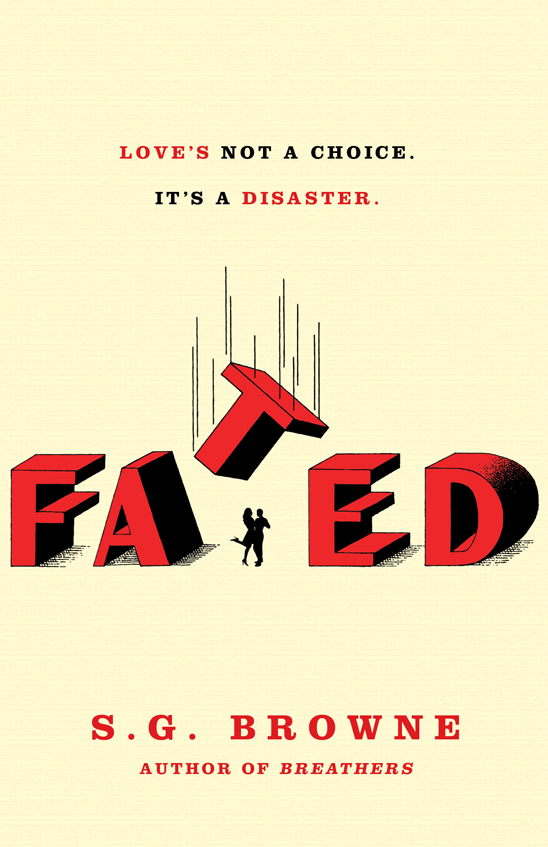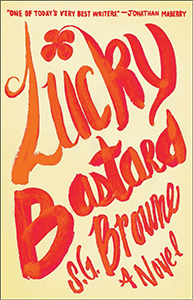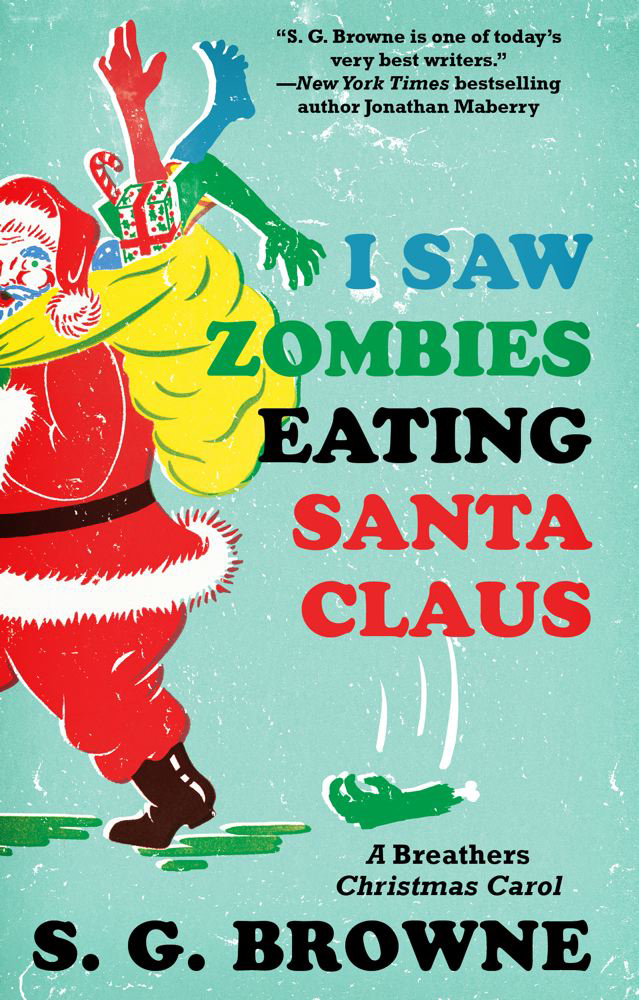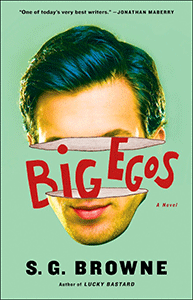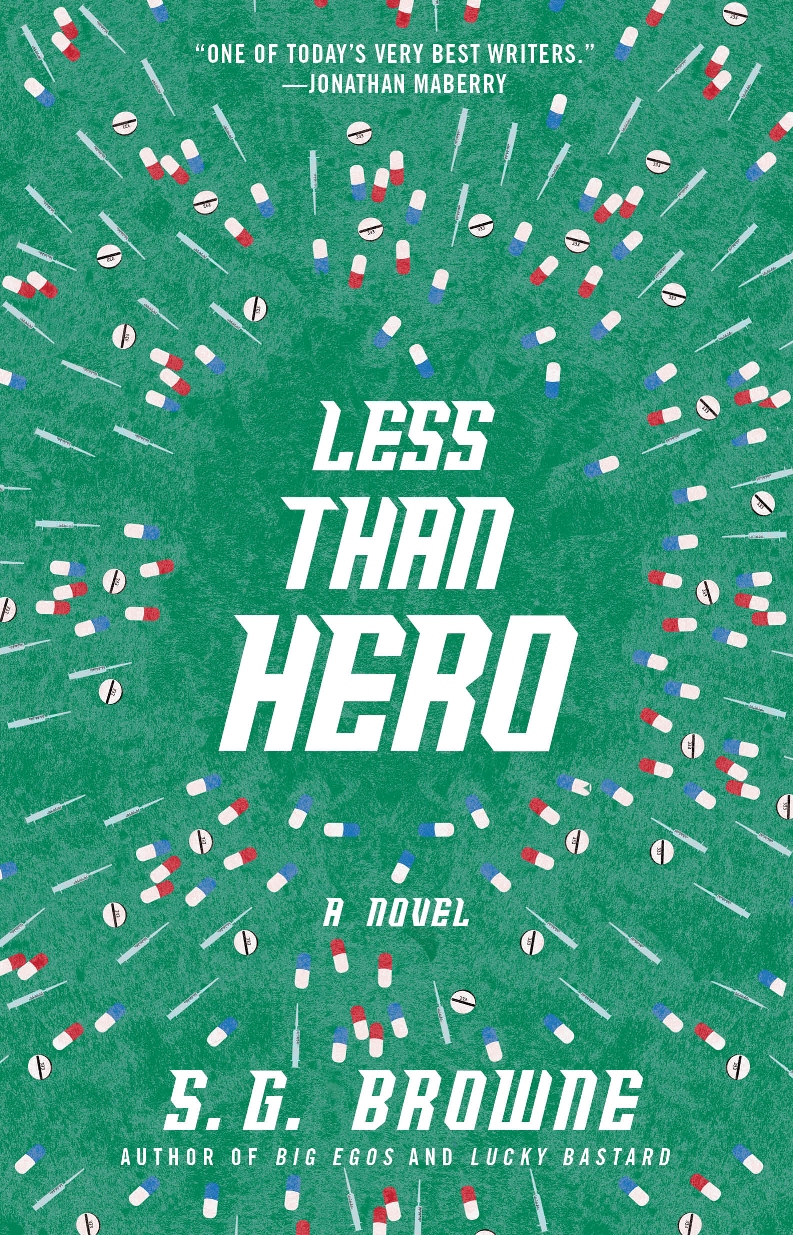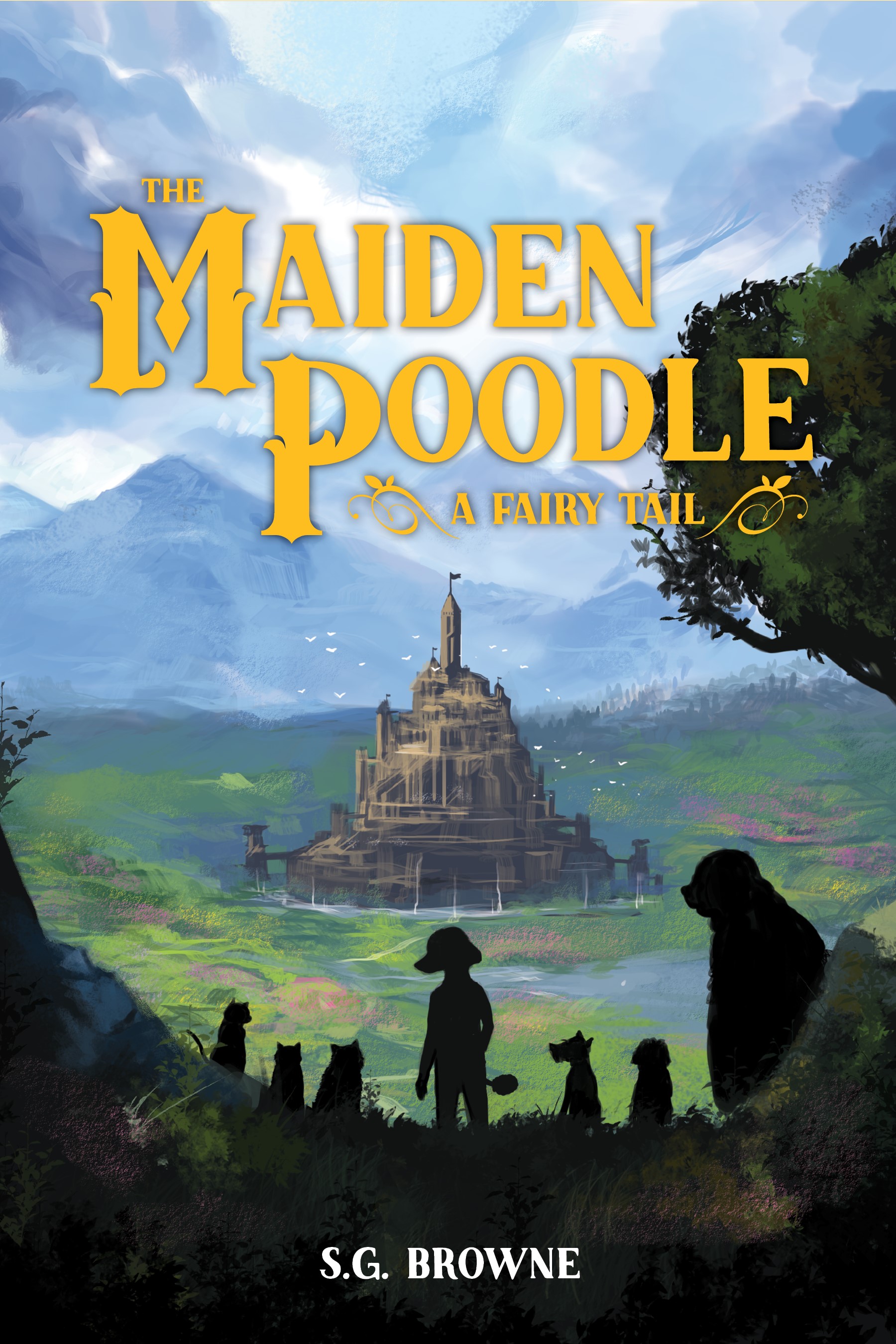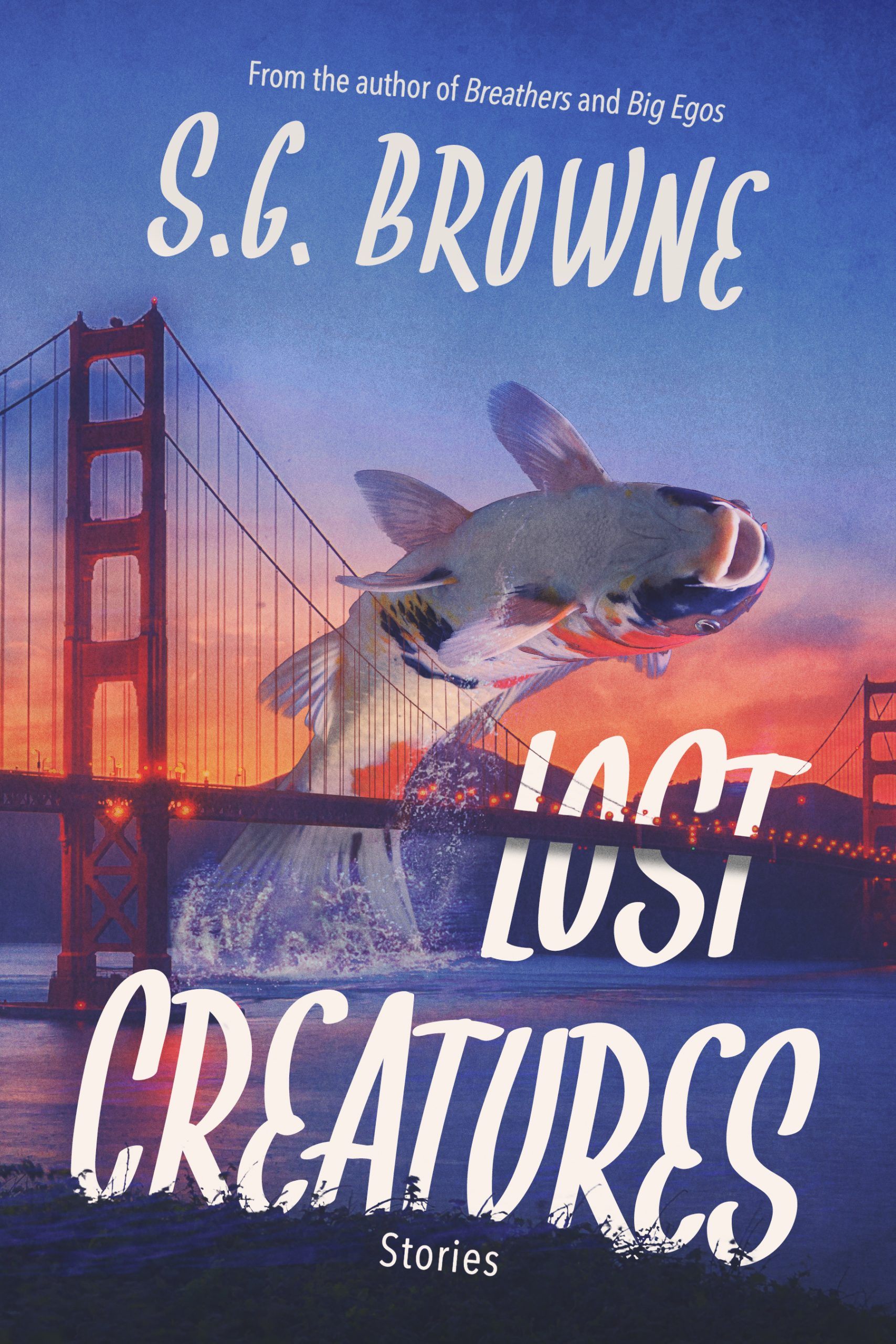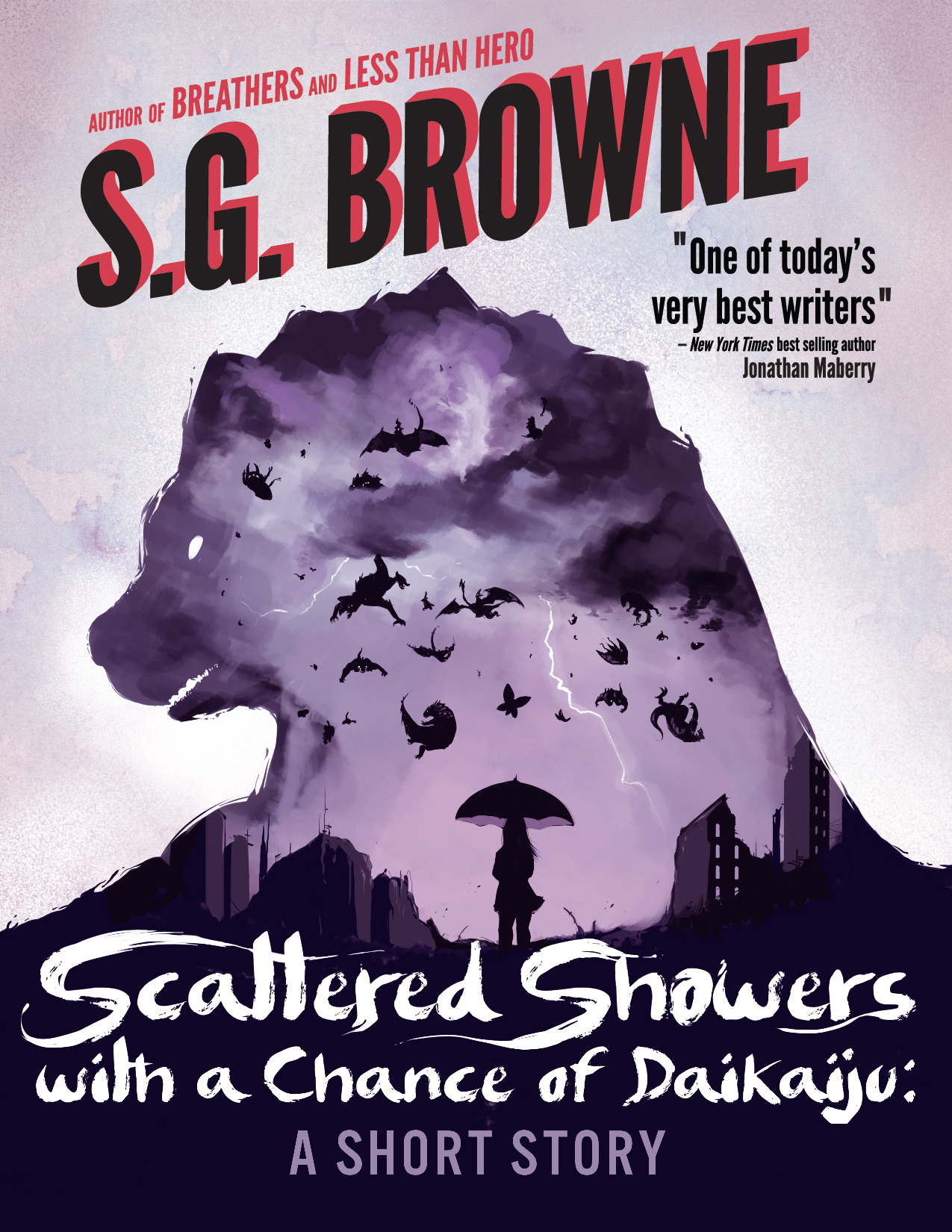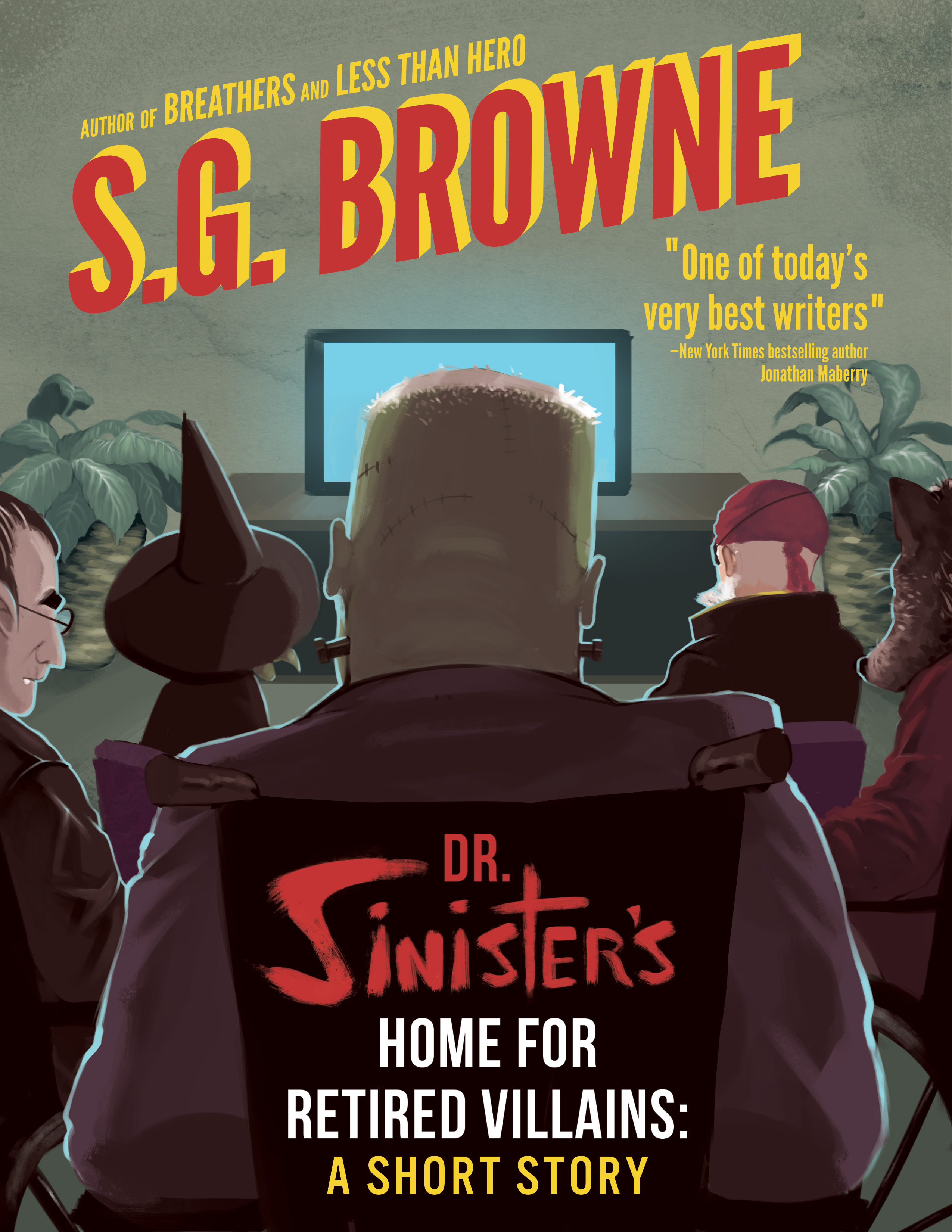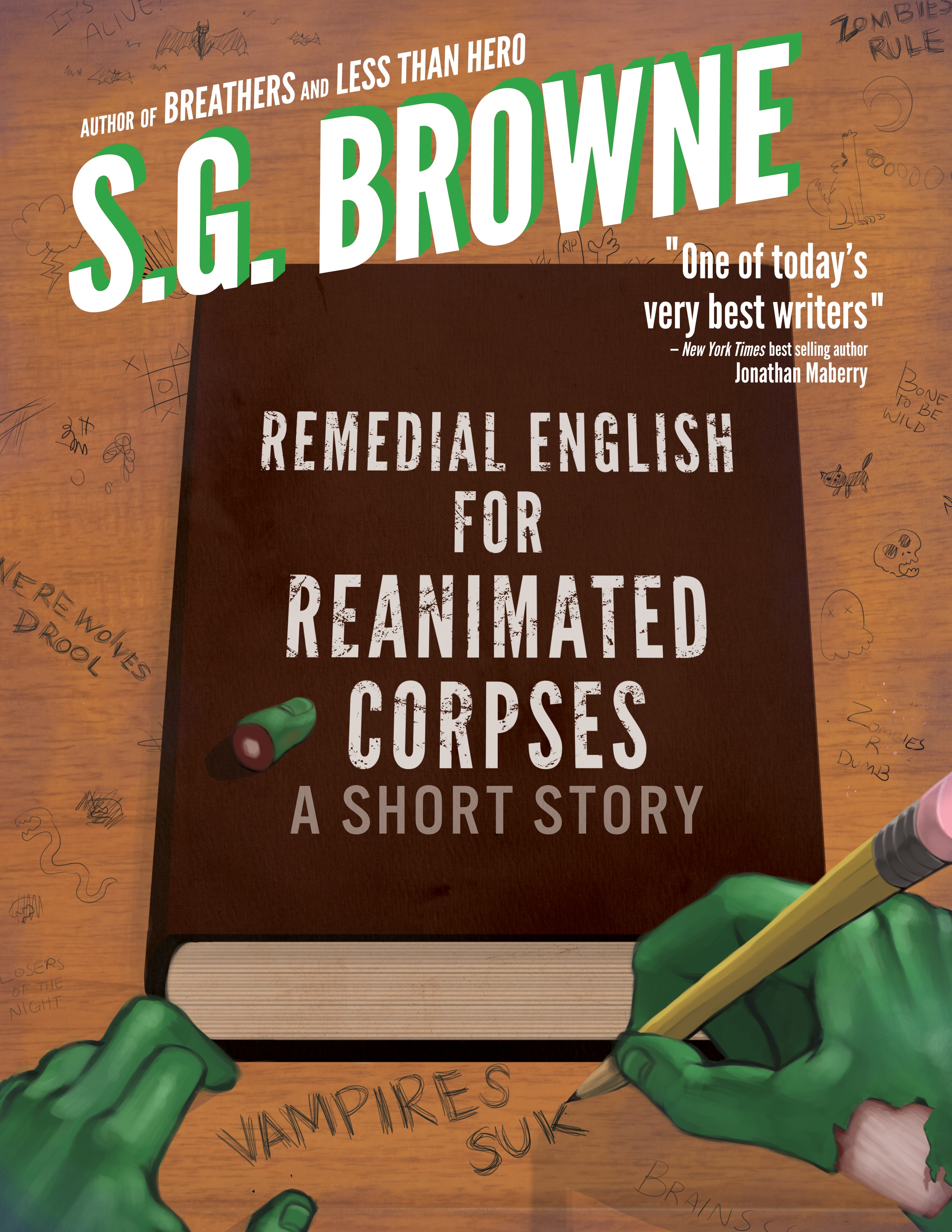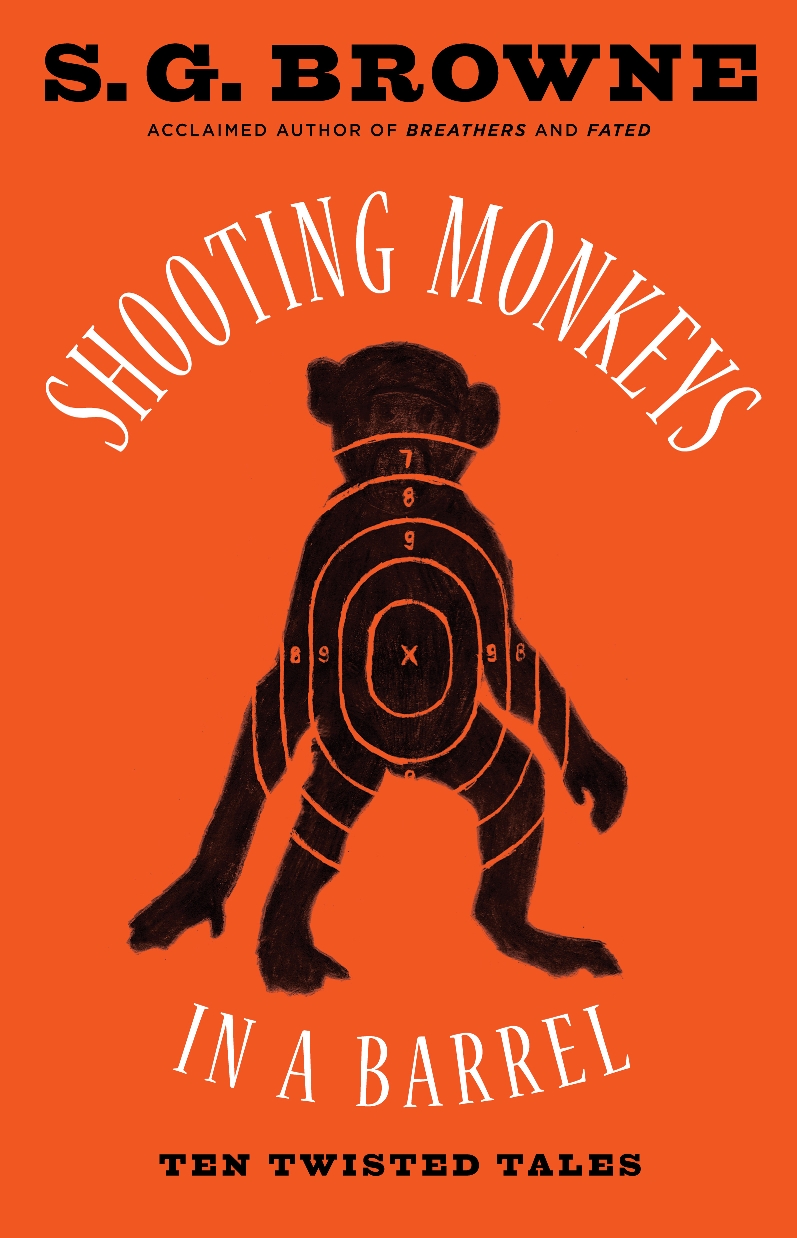The Writing Life: Research This
 I recently watched half a dozen episodes of the reality television series Jersey Shore in the name of research. Since I don’t watch much TV, and rarely, if ever, watch reality TV, I felt it was imperative to get some insight into the dynamic for the short story I’m writing about the Seven Deadly Sins living together in a reality TV type environment.
I recently watched half a dozen episodes of the reality television series Jersey Shore in the name of research. Since I don’t watch much TV, and rarely, if ever, watch reality TV, I felt it was imperative to get some insight into the dynamic for the short story I’m writing about the Seven Deadly Sins living together in a reality TV type environment.
I have to admit, while the first three episodes of Jersey Shore were for research, the last three episodes were because I couldn’t look away. Fortunately, I haven’t given into the temptation to do more research by watching Keeping Up With the Kardashians.
When it comes to research, I tend to be more of an armchair researcher rather than going out into the field, using the world at my proverbial fingertips to help add details to my writing. These details, I feel, help to enhance the mythologies and universes I create and ground them in a sense of reality.
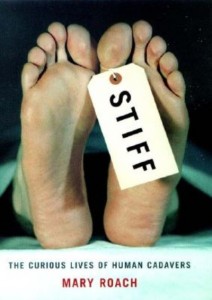 While writing Breathers, for instance, I added a good deal of information as to what happens to the human body when it decomposes and what cadavers are used for when donated to medical science. Most of this information I found in STIFF: The Curious Lives of Human Cadavers by Mary Roach. Had it not been for that book, I wouldn’t have known that a cadaver head is about the same size and weight as a roaster chicken or that when maggots feast on subcutaneous fat it sounds like Rice Krispies.
While writing Breathers, for instance, I added a good deal of information as to what happens to the human body when it decomposes and what cadavers are used for when donated to medical science. Most of this information I found in STIFF: The Curious Lives of Human Cadavers by Mary Roach. Had it not been for that book, I wouldn’t have known that a cadaver head is about the same size and weight as a roaster chicken or that when maggots feast on subcutaneous fat it sounds like Rice Krispies.
In addition to the various aspects of human decomposition that helped to give Breathers it’s somewhat dark tone, I also researched wine, recipes, reality television, granaries, the SPCA, the Sistine Chapel, Social Security numbers, and how to apply makeup. All of this was accomplished by using the Internet, though I did visit the Soquel Cemetery to add atmosphere to those scenes. And all of the headstones I mention truly exist there.
As for Fated, the time I spent in Manhattan definitely helped to add some details to the scenes that took place there, details I otherwise would have missed. Like being able to hear the traffic on the Hudson River Parkway while sitting on the promenade beneath the cherry blossom trees. Or that there were cherry blossom trees to sit under. However, I never set foot in Scandal’s in Queens to get a lap dance or had a drink at Iggy’s on the Upper East Side.
 Since Fate has been around since the dawn of man, I wanted to include his personal relationship with humans over the millennia. So I did a fair amount of research on world history, using details about Henry VIII, the sinking of the Titanic, Neolithic man, the Renaissance, the Hindenburg, Moses, the birth of the Roman Empire, and the Black Death, among others. This helped to add a realistic element to my supernatural universe.
Since Fate has been around since the dawn of man, I wanted to include his personal relationship with humans over the millennia. So I did a fair amount of research on world history, using details about Henry VIII, the sinking of the Titanic, Neolithic man, the Renaissance, the Hindenburg, Moses, the birth of the Roman Empire, and the Black Death, among others. This helped to add a realistic element to my supernatural universe.
I also researched the ingredients of crystal methamphetamine, celebrity deaths in Los Angeles, shopping malls, world population, the Greek Gods, New York City real estate, strip Scrabble, BDSM, the Daytona Beach Dog Track, and the fact that in the state of Minnesota it’s illegal to have sex with a bird.
Oh the things you can learn on the Internet.
